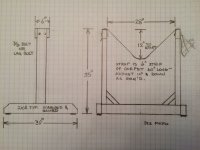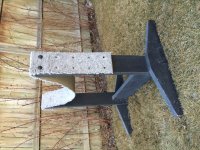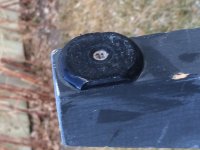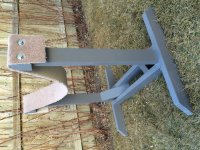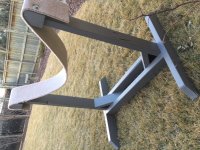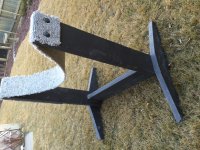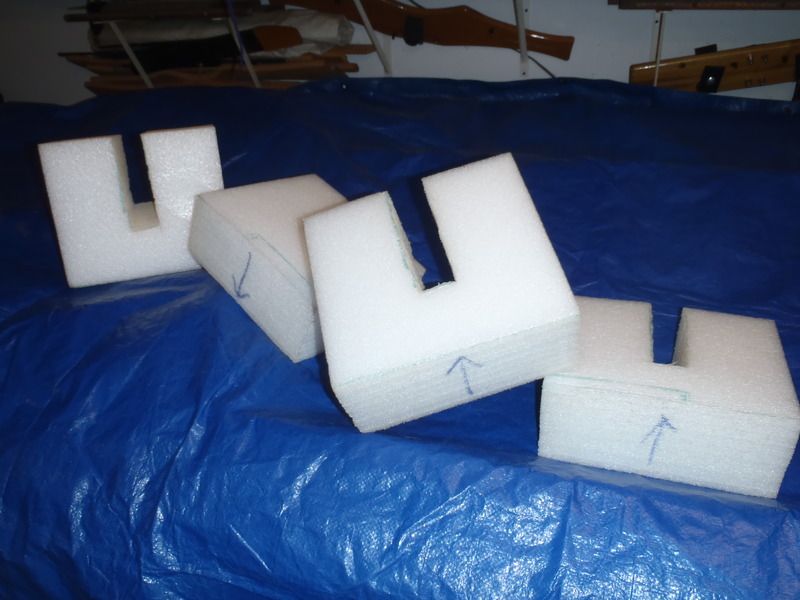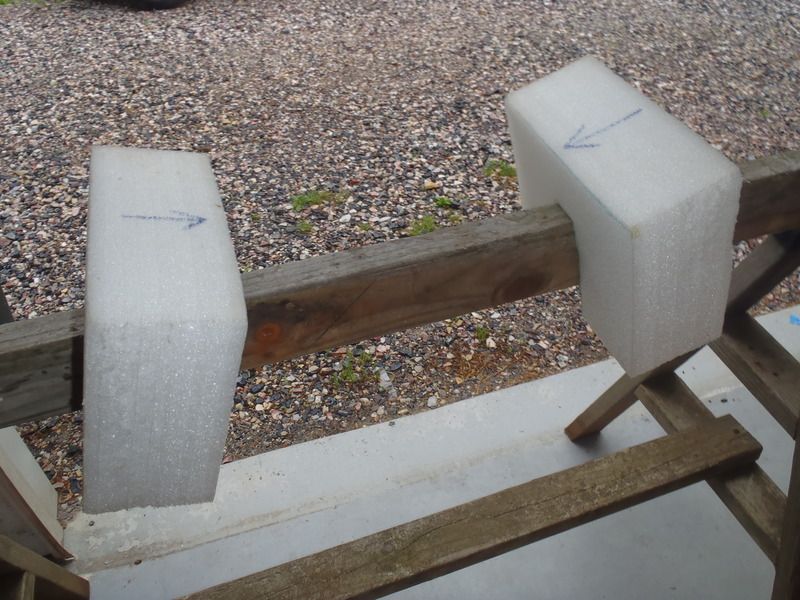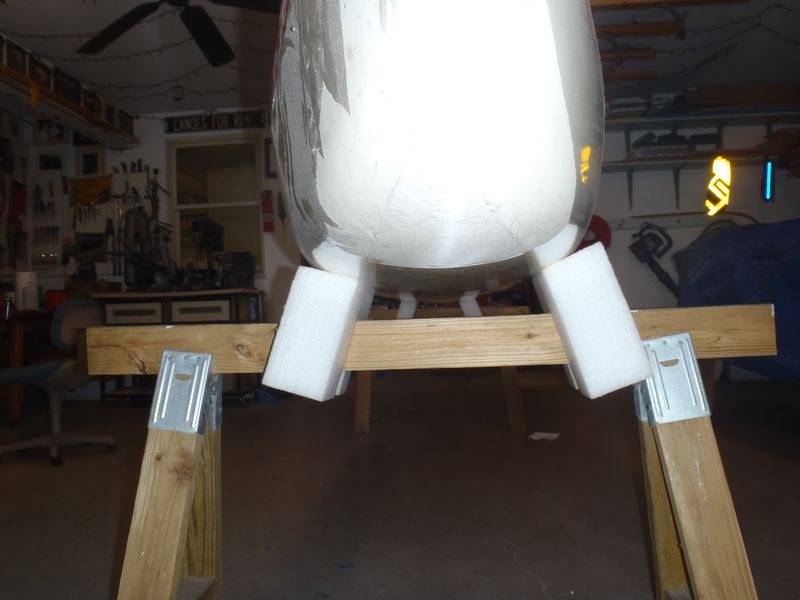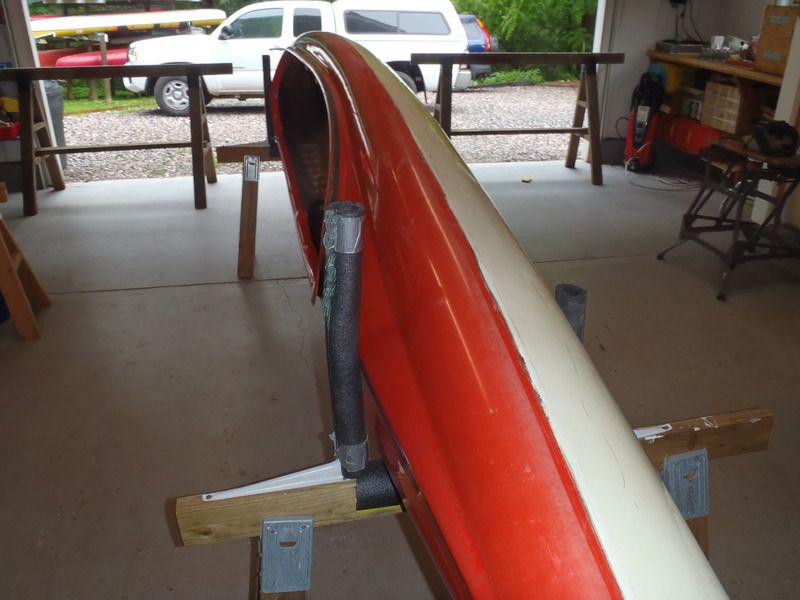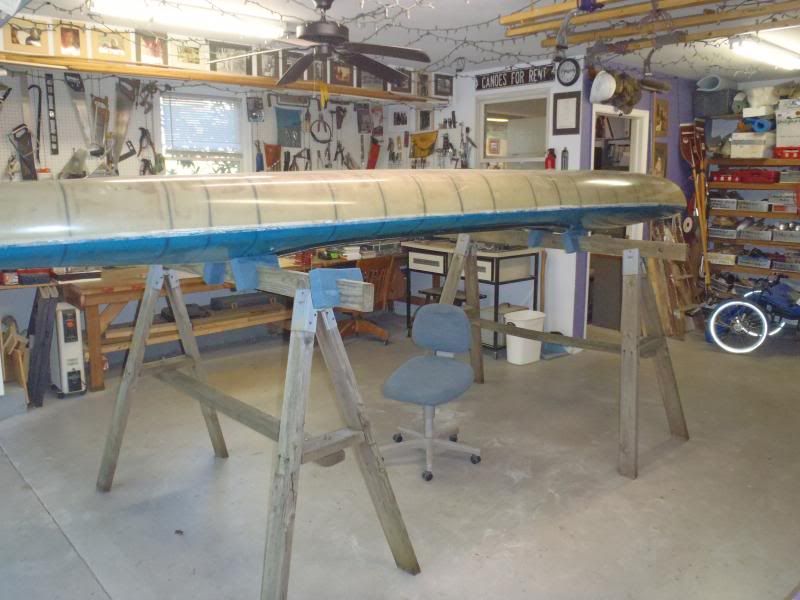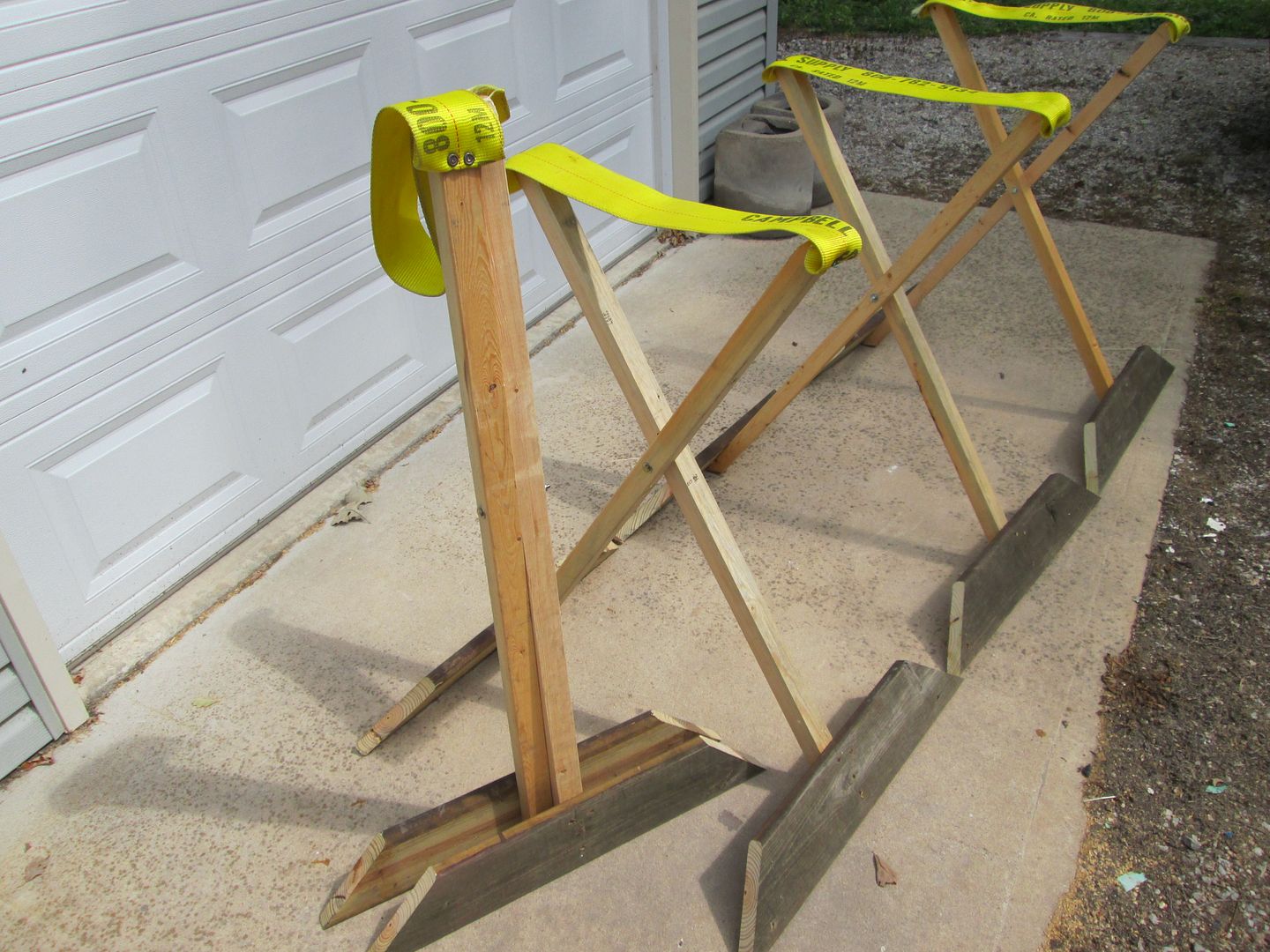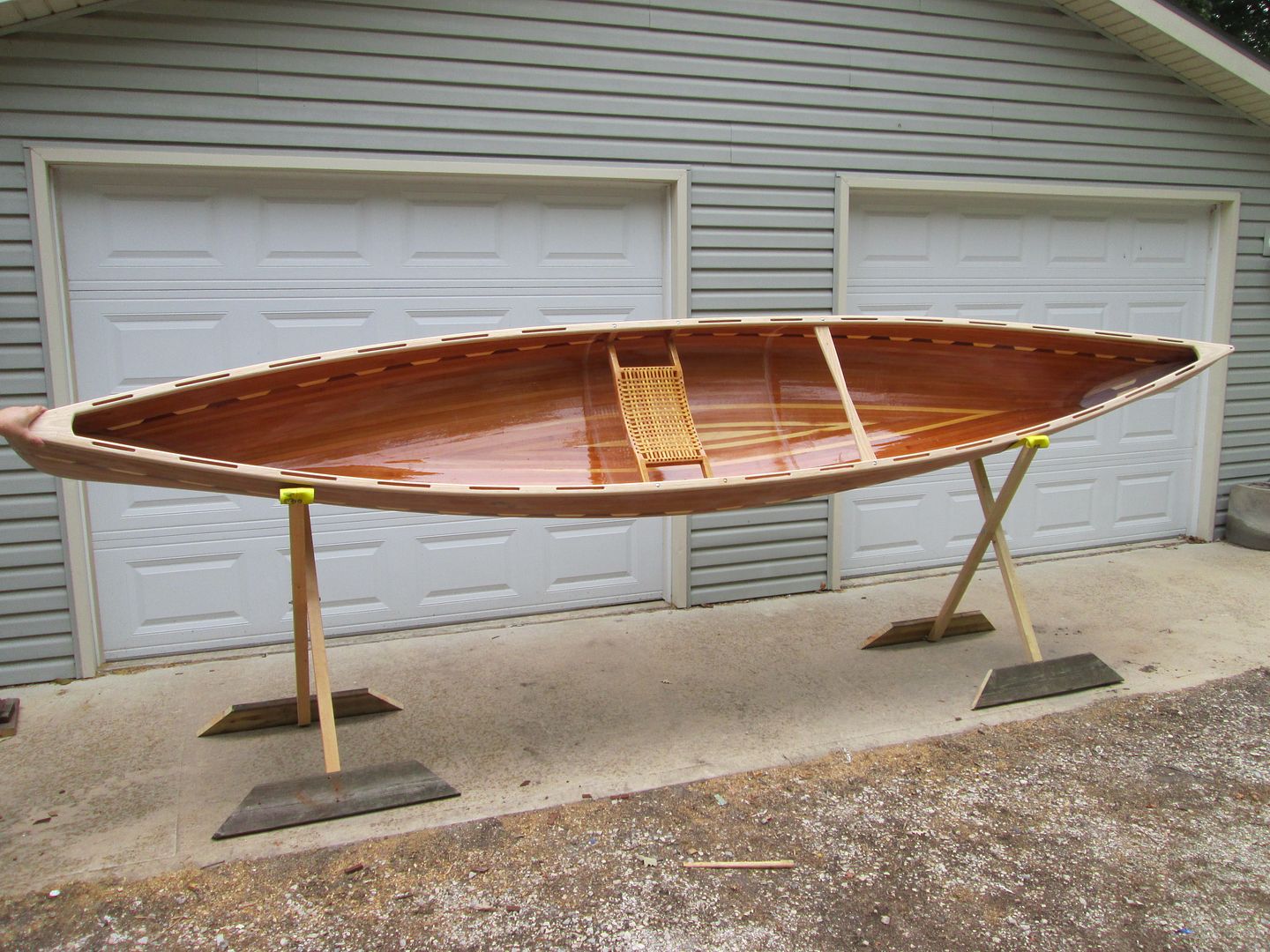- Joined
- Jan 15, 2016
- Messages
- 177
- Reaction score
- 0
Like any successful tool, canoe cradles have to work. There are a great variety of designs of this tool surely because people interpret the mission differently. Here are some elements of that mission I think are important:
- The cradle has to be strong enough to allow me to crawl in and out of the canoe to test seating positions, seats, foot rests, kneeling pads, etc.
- It needs to be somewhat adjustable in height-- an up-and-down range of a foot would be good.
- The frame needs to be off the ground a quarter inch or so to keep the wood frame out of water on the shop floor (wet-sanding, washing etc).
- The cradle strap needs to be strong, flexible, not scratchy, and preferably synthetic to preclude mould formation (6"X60" adjustable carpet).
- The width of the uprights needs to be appropriate to enable the cradles to firmly contain the hull for gunwale installation.
- You should be able to find the materials at the local hardware/lumber store.
I made two types of similar dimension: one made of 2X6's with a 2X8 spanning board, and another made of all 2X4's. The 2X6 frame has joist hangers where the 2X8 span joins the upright 2X6's. Typically, all are glued and screwed. The feet are 1/4" X 2" plastic furniture feet, with a screw-- 4 per cradle.
Here are a few photos, and a drawing. I'm sure there are better, more interesting, and surely more clever designs than these; please post something on your canoe cradle.
- The cradle has to be strong enough to allow me to crawl in and out of the canoe to test seating positions, seats, foot rests, kneeling pads, etc.
- It needs to be somewhat adjustable in height-- an up-and-down range of a foot would be good.
- The frame needs to be off the ground a quarter inch or so to keep the wood frame out of water on the shop floor (wet-sanding, washing etc).
- The cradle strap needs to be strong, flexible, not scratchy, and preferably synthetic to preclude mould formation (6"X60" adjustable carpet).
- The width of the uprights needs to be appropriate to enable the cradles to firmly contain the hull for gunwale installation.
- You should be able to find the materials at the local hardware/lumber store.
I made two types of similar dimension: one made of 2X6's with a 2X8 spanning board, and another made of all 2X4's. The 2X6 frame has joist hangers where the 2X8 span joins the upright 2X6's. Typically, all are glued and screwed. The feet are 1/4" X 2" plastic furniture feet, with a screw-- 4 per cradle.
Here are a few photos, and a drawing. I'm sure there are better, more interesting, and surely more clever designs than these; please post something on your canoe cradle.
Attachments
Last edited:

